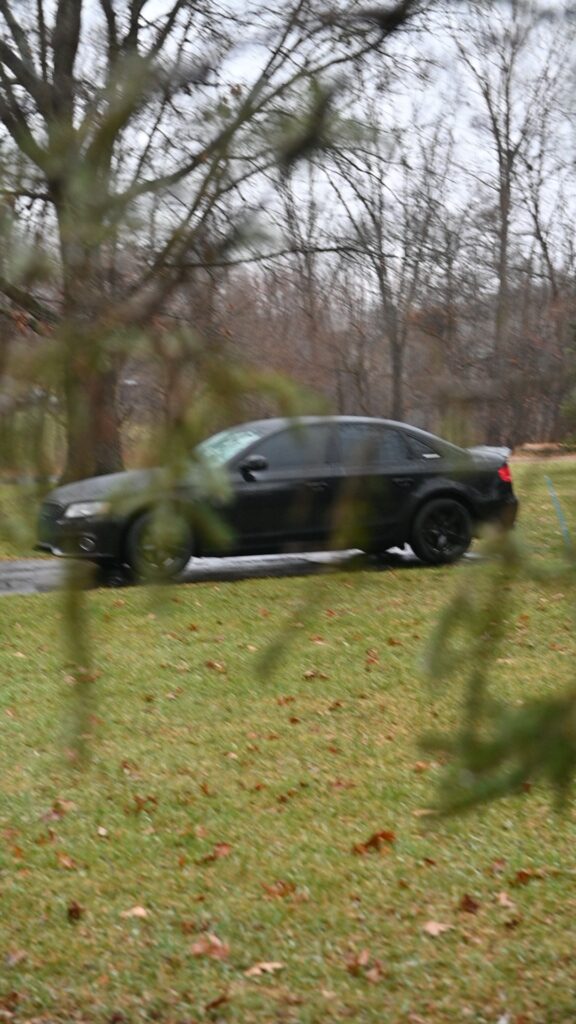Mastery of defensive driving, awareness of the benefits of vehicular maintenance, and an understanding of cutting-edge safety technology can each play a significant role in averting potential roadway hazards. Formulating comprehensive emergency response strategies, adapting to varying weather conditions, acknowledging the challenges of nocturnal driving, recognizing the insidious nature of fatigue, committing to the education of new drivers, navigating the post-accident legal landscape, and advocating for robust community road safety practices encapsulate the multifaceted approach necessary for minimizing driving risk and promoting overall road welfare.

Safe navigation on the streets and highways extends far beyond the mechanics of operating a vehicle; it entails a deep-rooted understanding of and strict adherence to well-thought-out driving practices. This includes remaining vigilant, anticipating other road users’ actions, and ensuring your vehicle is well-maintained. In uncertain moments, it’s also essential to have a responsive and knowledgeable injury attorneyavailable. However, the primary focus should be preventing incidents and sparing drivers from the aftermath of road accidents.
Understanding Defensive Driving
Defensive driving is the strategic operation of a motor vehicle that ensures all possible safety measures are adopted. This proactive driving technique involves continually scanning the road, preparing for the unexpected, and adapting to the driving behaviors of others. Taking a defensive driving course significantly elevates a driver’s ability to prevent accidents. Such courses cover many techniques, such as controlling speed, managing space around your vehicle, and reacting to potentially dangerous situations, which is beneficial on busy roads or during peak traffic hours. By anticipating and responding to various road scenarios, a driver can create a defensive shield against the chaos of the streets, employing foresight to avoid dangerous confrontations. Drivers can learn defensive driving through various modes, including online resources and community classes, emphasizing real-world accident avoidance strategies and encouraging responsible driving behavior.
The Significance of Regular Vehicle Maintenance
Vehicle maintenance is an essential, often underestimated cornerstone of road safety. It encompasses a broad swath of routine procedures to operate all vehicular components properly. Regular diagnostics and timely interventions can help identify potential problems before they become serious, ensuring every trip begins with a car in peak operational condition. Simple actions such as changing the engine oil, checking fluid levels, inspecting the braking system, ensuring proper tire inflation, and ensuring all lights are functional maximize vehicle performance and prevent vehicle-related accidents. A well-maintained and tuned car responds better in emergencies and is more reliable on long journeys. Not to mention, if not addressed, some maintenance issues could lead to larger, more complex repairs—taking a little time regularly for vehicle care can avoid higher costs in the future, in monetary terms, and the possible price of compromised safety.
Essential Emergency Response Plans
No matter how safely one drives, there remains the possibility of an accident. In such unfortunate events, having a structured routine for emergency response can be crucial. It is recommended to keep a composed demeanor, rapidly assess the extent of the situation, and ensure that all involved parties are safe. The immediate steps involve:
- Getting to a safe place.
- Calling for help.
- Providing aid to the injured if feasible.
- Collecting evidence from the scene, such as taking photographs and noting the details of the other vehicles involved.
An emergency kit in your car, including a first-aid kit, warning triangles, and a flashlight, can be indispensable in such scenarios. Knowing how to act after a collision not only improves the potential outcomes of the situation but can also help when dealing with insurance claims or legal procedures afterward. The complete and accurate documentation of the incident, along with any injuries sustained, is essential information for your injury attorney should there be a need for legal action.
Legal Recourse After a Traffic Accident
When a traffic incident occurs, seeking knowledgeable legal counsel is invaluable. Navigating the aftermath of a collision can be overwhelming—from dealing with insurance providers to understanding one’s rights in the situation. Legal professionals can offer advice on how to proceed, whether it involves negotiating with insurance companies or, if necessary, pursuing litigation. It’s imperative to be familiar with local legal proceedings, such as statute limitations and the specific steps to follow when filing a legal claim or lawsuit. Resources available can clarify such legal landscapes and help individuals involved in accidents understand their options and rights. An informed approach following an accident can enhance recovery prospects—both medically and financially—and having access to a legal expert can make a significant difference in the outcome of such predicaments.
Promoting a Culture of Road Safety
Finally, creating safer roads is not solely the responsibility of individual drivers—it is collective. It involves law enforcement officials promoting and enforcing traffic laws, city planners designing roads that minimize congestion and accidents, educators instilling safe driving habits from a young age, and communities championing road safety campaigns that raise awareness. National and local initiatives, such as public service announcements on the dangers of distracted driving or community programs offering free car seat checks, embody the efforts to enhance road safety. When the community acts as a unified front, advocating for sensible driving practices and road usage, the result is a more profound cultural shift towards valuing and preserving life on the highways, byways, and residential streets.



